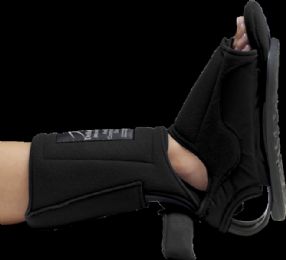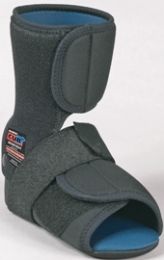



.jpg&newheight=260&quality=80)














Foot drop braces can be used in a variety of settings, including hospitals, rehabilitation centers, and outpatient clinics. They can also be used in the home, allowing individuals to maintain their mobility and independence. Foot drop braces are often recommended as part of a comprehensive treatment plan that may also include physical therapy, medication, or surgery, depending on the underlying cause of the drop foot.
Individuals who may benefit from drop foot braces include those with conditions such as multiple sclerosis, cerebral palsy, stroke, spinal cord injury, or peripheral nerve damage. People who have had surgery on the foot or ankle that has resulted in nerve damage may also benefit from foot drop braces. Additionally, older adults who have difficulty walking or maintaining balance may find foot drop braces helpful in preventing falls.
When selecting a foot drop brace, it is important to consider the individual's specific needs and the underlying cause of the foot drop. A healthcare professional, such as a physical therapist or orthotist, can help determine the best type of brace for the individual's needs and provide guidance on how to properly use and maintain the brace.
Foot drop braces are an important tool in the management of foot drop symptoms, providing support and stability to the foot and ankle. Drop foot braces can benefit individuals with a range of conditions, and it is important to select the right type of brace and receive proper training on how to use it safely and effectively.